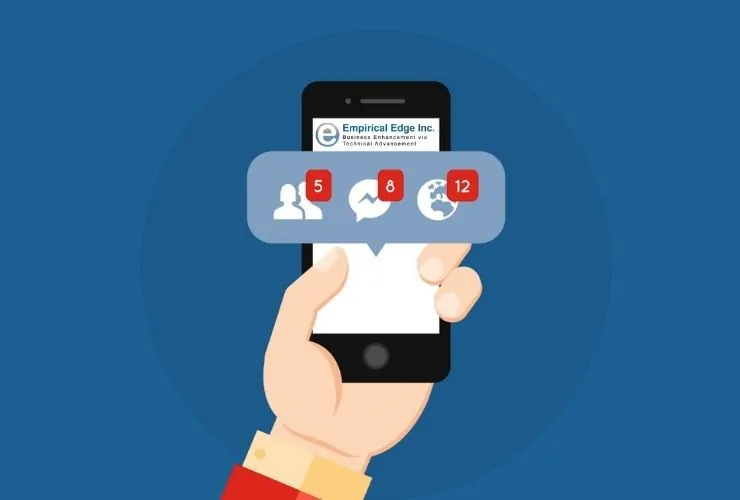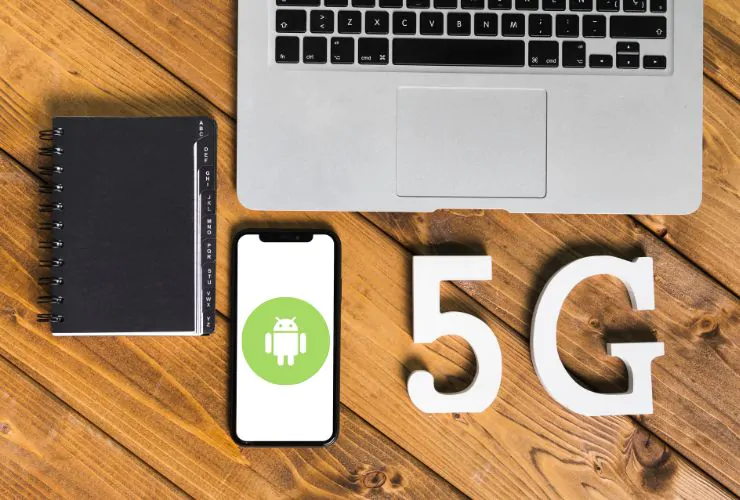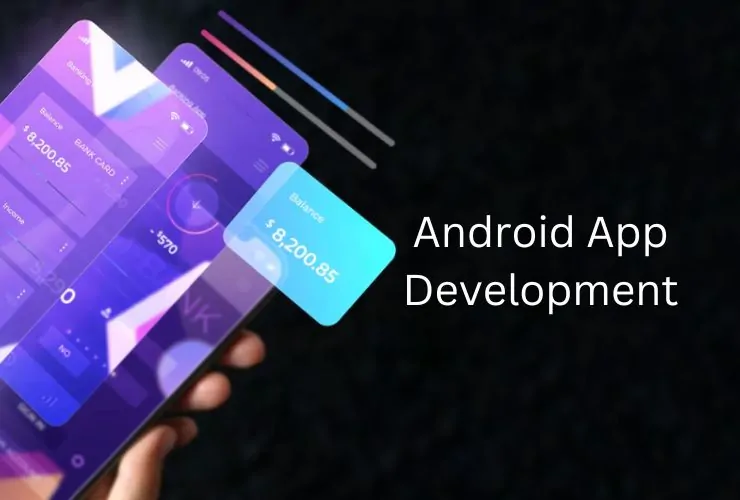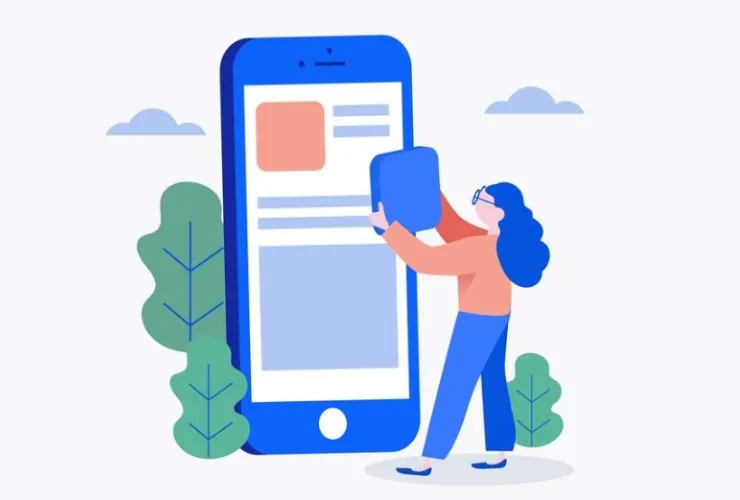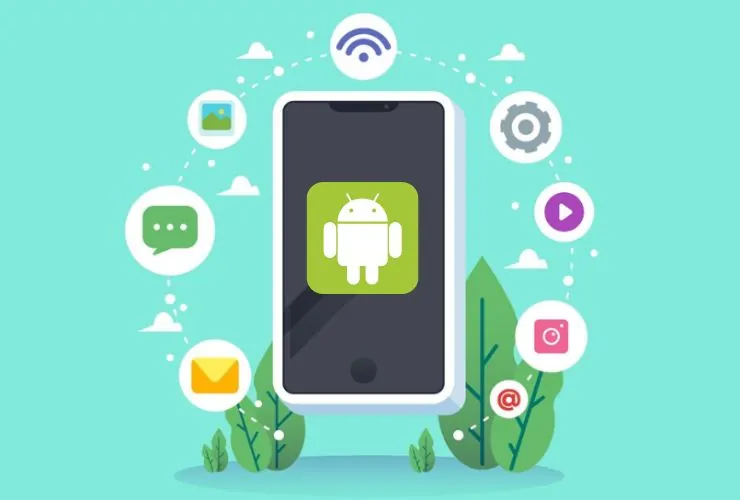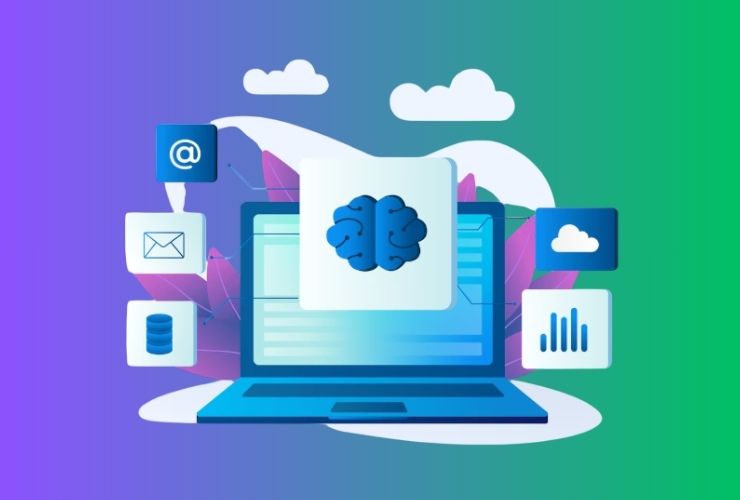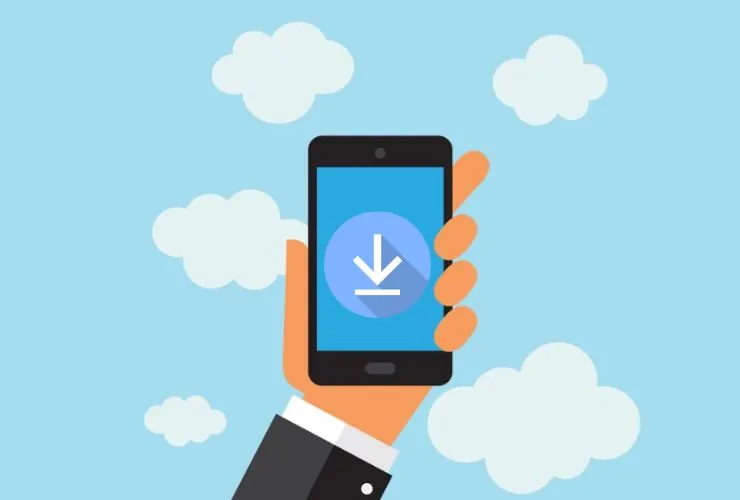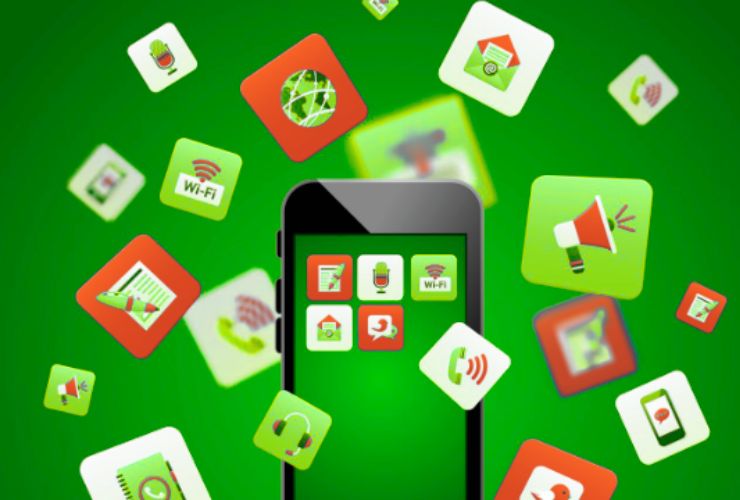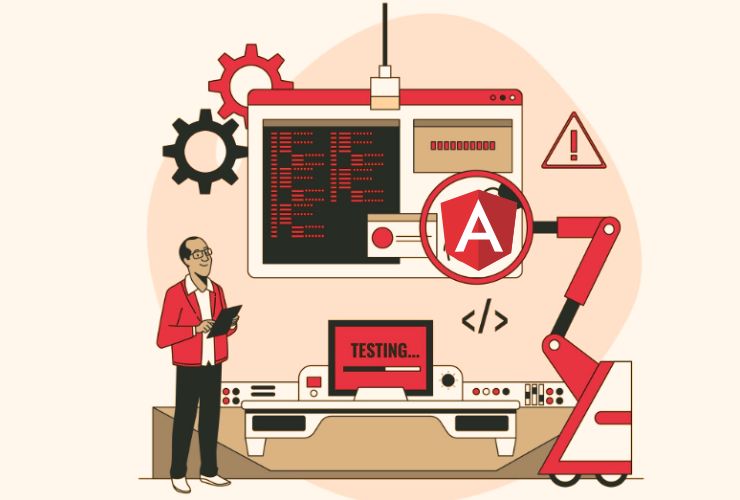In the fast-paced application industry of today, the most important part of your app’s success is engaged users. Unengaged applications generally have higher uninstalls and lower retention rates. One of the best ways to encourage user retention as well as frequent engagement on your app is through push notifications.
Push notifications can encourage user behavior, increase retention and engagement rates, and will even help increase revenue when implemented correctly. However, poorly executed notifications can also annoy your users and lead to uninstalls.Join us as we think through the best ways to implement notifications to engage your users listening.
1. Personalize Your Notifications
Users are likely to dismiss notifications and see them as generic, which is why personalization is key. Personalization can greatly improve user engagement. Consider user data you have, such as past in-app behavior, in-app preferences, purchase history, or location, to develop the most meaningful messages.
- Example: A fitness application could send a message notifying the user to complete a workout based on their past activity or their fitness goals.
- Example: A travel app could send a notification alerting the user of flight deals to the city they have searched recently.
Personalized notifications simply show users that the application understands their needs and are much more likely to get responses.
2. Timing is Important
The timing when you send notifications to users matters more than you think, as it will determine whether users will engage with your app. If you send your messages at the right time, users are more likely to see the content when they’re thinking about taking action.
- Things to think about include user time zones, patterns regarding user activity, and times when users are generally using the app.
- If you are sending push notifications, be mindful and avoid bombarding users, since sending too many push notifications will frustrate and cause them to delete your app.
For example, e-commerce apps could push notifications for offers during the evening when users are likely to shop online.
Timing and sending notifications more strategically will improve the open rate of the message and can drive interaction.
3. Push Users to Action
Once the user has received a notification, the notification should not just inform them about information, but provide them with an action. The purpose of a notification is to drive users to action with a clarity of purpose.
- A simple call-to-action will instantly motivate users to take action. Some examples are the following call-to-actions are; check now, claim the offer, finish your profile.
- Also, consider including interactive elements such as buttons, quick replies, and links into the app.
- For example, a banking app will notify users about a risky login attempt that offers users the ability to secure their account immediately by tapping with a single tap.
Overall, push notifications can trigger users from passive to active users in your app, where they take actions that lead to engagement or conversion.
4. Divide Your Audience
By dividing users, you’re able to send targeted notifications instead of general ones. This increases relevance and lessens notification fatigue.
- You can segment by user behavior, demographics, geography, or their previous interactions in the app.
- Send notifications directed to each group to get better results.
- Example: An e-commerce app can send notifications about a special discount offer, but only to users who abandoned their cart.
- Example: A news app can send notifications about political news only to users who followed politics.
Segmenting your audience means that your notifications will be more conscientious, meaningful, and appreciated by the users.
5. Utilize Rich Media
Rich media includes images, GIFs, videos, and emojis to make notifications more engaging and eye-catching.
- Example: A food delivery app could use an image of new menu items to entice users.
- Example: A travel app could use short video clips of a destination in their promotional notifications.
Utilizing rich media can significantly improve click through rates, make notifications more memorable to users, and create a better overall user experience.
6. Test and Optimize
It is important to remember that use, in this case, is always improving. A/B testing is a trusted method to test and optimize push notifications. Continuously A/B test your push notification content, send time, format and CTAs to find out what resonates with your audience.
- Look at open rates, clickthrough rates, conversion rates, and uninstall rates and ask, “What do these metrics tell me about my audience?”
- Use the data to adjust and maximize engagement.
- For example, A/B test different wording in the push notification about the promotions and instead say “50% Off Today Only!” versus “Exclusive 50% Discount Just for You!”
Optimizing push notifications is essential even if it’s just out of respect to the users. Continuing the practice of optimizing will keep your push notifications relevant to users.
7. Respect User Preferences
If a push notification strategy is to be effective, users must trust the app enough to engage with the notifications sent. Although your messaging may be relevant to their life, users may disengage if you send notifications they don’t want.
To promote ongoing engagement, give them control over the types of notifications they receive from your app’s notifications settings.
- Be clear so users can opt-in for push notifications or opt-out of specific messages.
- By respecting user preferences, users will feel more satisfied with receiving and engaging with push notifications.
- To give an example, a lifestyle app could let users choose from notifications about fitness tips, diet plans, or motivational quotes.
When a user feels they can control their experience in an app, they are more likely to engage for a longer amount of time.
8. Combine Push Notifications with Other Engagement Methods
To increase the effectiveness of push notifications, complement push notifications with additional engagement methods:
- In-app messages: Reinforce the messages sent in push notifications.
- Email campaigns: Send a detailed push notifications update or a promotional offer via email to complement the push notifications.
Loyalty/provide-benefits program: Use push notifications to give reminders concerning points, rewards, or possible push notifications upcoming promotions.
Having multiple methods for follow-up techniques allows for a connected method of engagement that gets the user to return to the app.
Conclusion
When used purposely, push notifications are an effective way for an app to create engagement and retention. This can occur by personalizing the messages, sending them out at the right time, and giving action with the content, as well as continuing to tweak your method of pushing notifications. Additionally, giving rich media and respecting customer preferences also support the process.
A valuable push notification method can expand user loyalty, increase the user experience of engagement, and place your app in a better future position within a competitive market.

